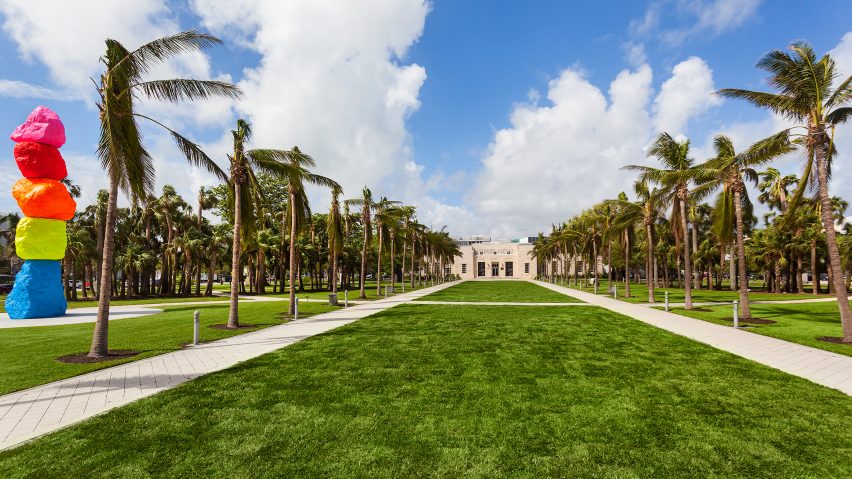
Arata Isozaki and David Gauld complete renovation of Miami Beach art museum The Bass
The Bass museum of contemporary art is reopening in Miami Beach, following a renovation that saw architects David Gauld and Arata Isozaki amend an extension they designed for the building 16 years ago.
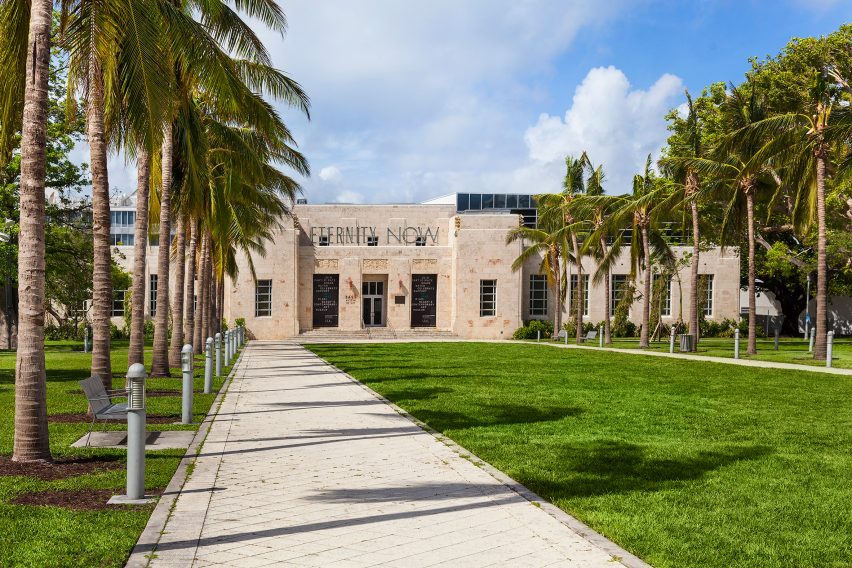
Closed for two years while work took place, The Bass will open to the public on 29 October 2017.
Its interior spaces have been reworked by New York architect Gauld, who consulted his mentor, 86-year-old Japanese architect Isozaki, during the project.
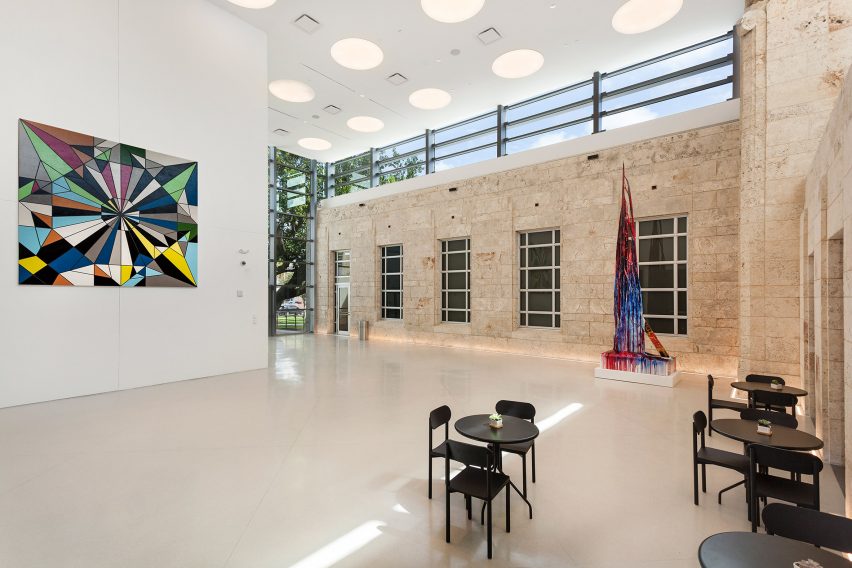
Isozaki won a previous competition to extend the art museum's home on Collins Avenue in 2001, while Gauld was working for his firm, but the museum needed to keep up with changing exhibition requirements and increased visitor numbers so required a second renovation.
Therefore, at the request of Miami's Historic Preservation Board, Gauld was brought on in 2015 to make alterations to Isozaki's new wing and first level added to the original art deco-style building, completed in 1935 by architect Russell Pancoast.
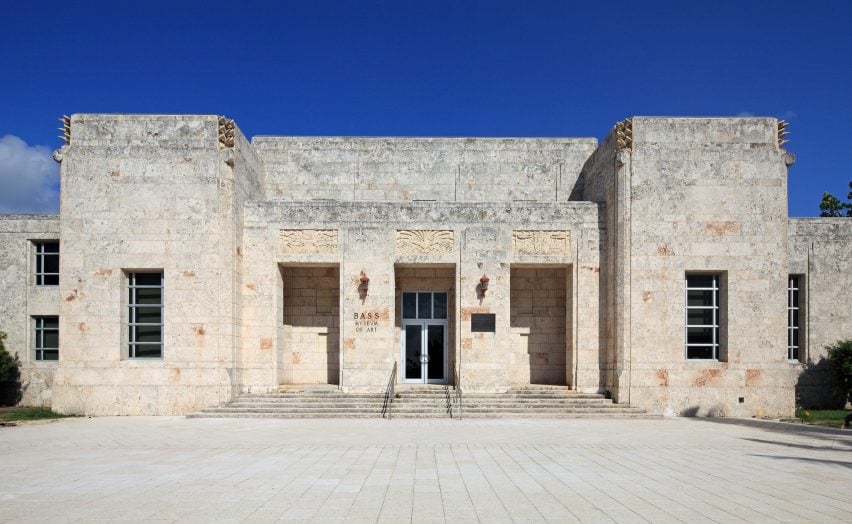
Gauld has altered a number of key features and reconfigured the internal layout to create nearly 50 per cent more useable space for the interior.
The museum has been opened up to cater to a wider audience – including a bigger programme of contemporary art exhibitions, a museum store and cafe, and a number of educational facilities.
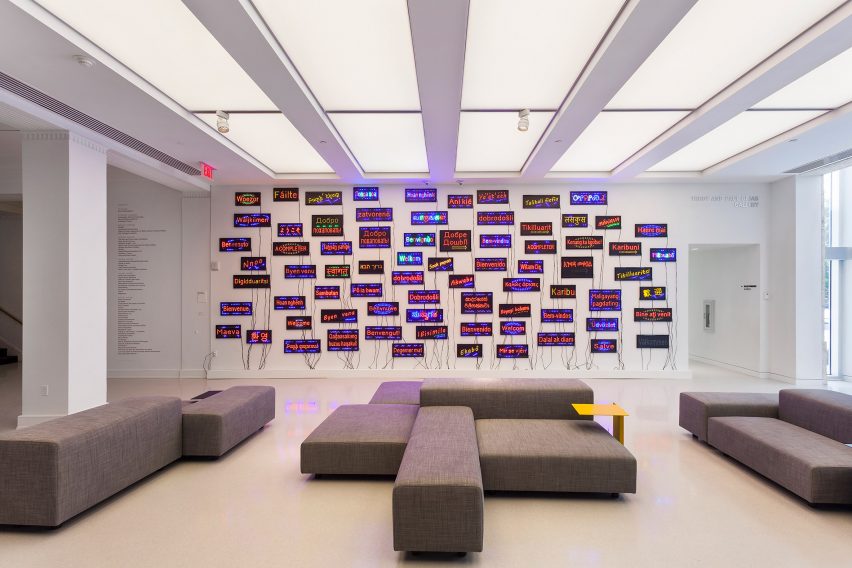
A ramp that Isozaki designed to lead from the entrance to the first floor, which visitors found difficult to navigate, was stripped out to create a large lobby that can host public gatherings as well as artwork.
A pair of outdoor terraces that were too hot to be used in the summer are now roofed so they can be used all year round.
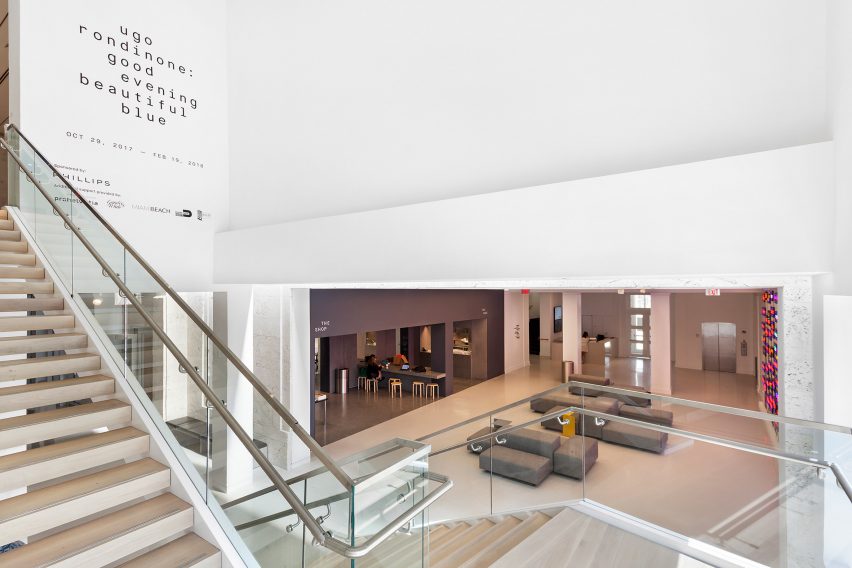
Gauld also chose materials that would continue the aesthetic of the original building throughout the project.
"I tried to use mostly design vocabulary that had already been established here, either in the historically building or in Isozaki's addition, rather than try to introduce something new," Gauld told Dezeen at a preview of the museum.
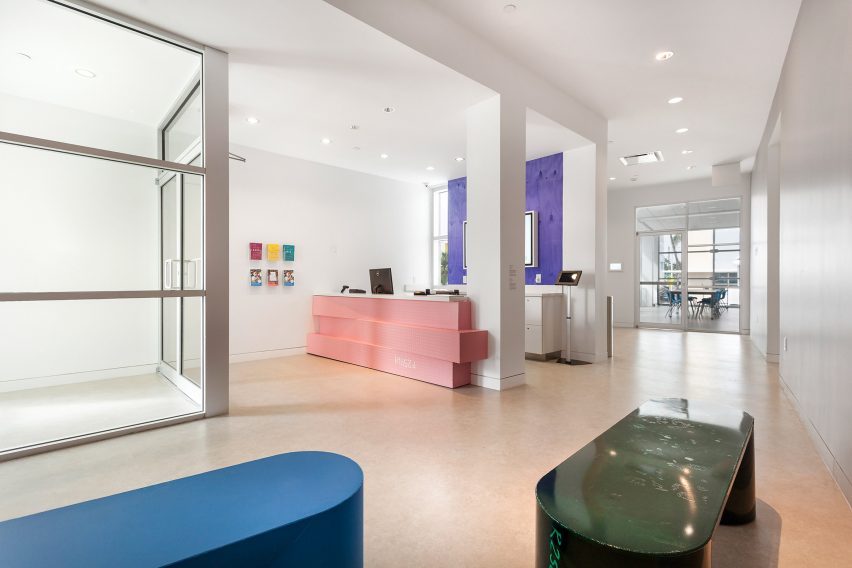
This is demonstrated in one of the now-covered courtyards, which is set alongside the lobby's new cafe area at a junction between the old art deco building and the previous extension.
Gauld describes this space as his "mediation between Pancost's original and Isozaki's addition". Glazing that mimics other windows in the Isozaki addition raises the new roof above the key limestone walls of Pancoast's structure.
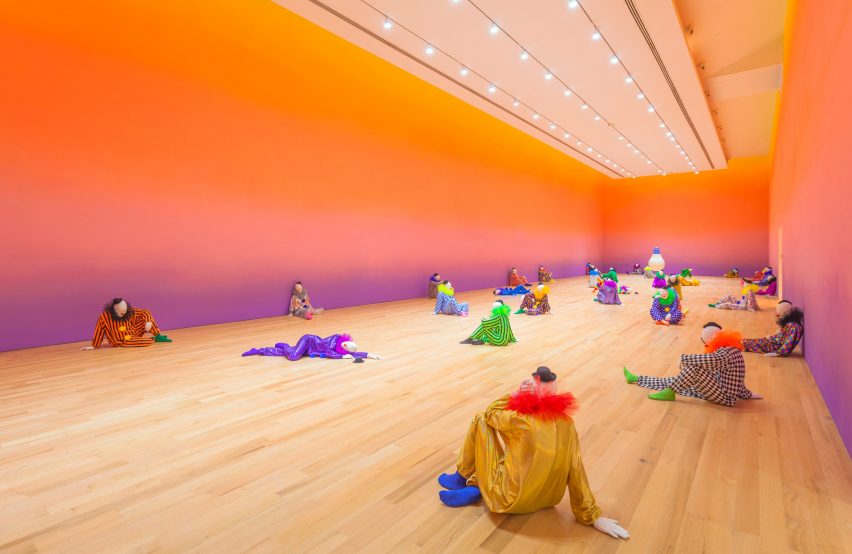
"I did it with a new roof that is above the highest point of the Pancost so it is all revealed," Gauld said. "The connection is behind the parapet so there is nothing touching this historical building."
"The way the glass is configured is based on other parts of the building so that there is continuity around the building," he continued. "It looks like it could have been here from the beginning."
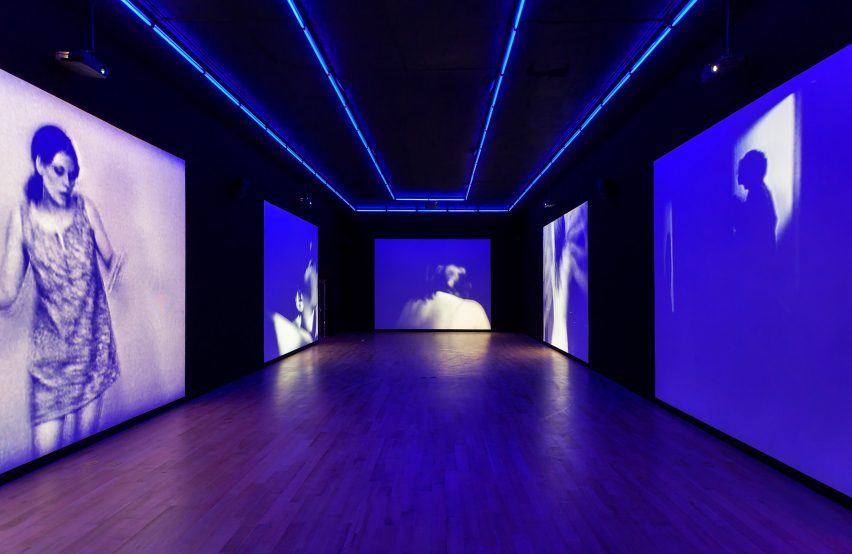
Large terrazzo paving that covers the floor is set in a diamond pattern to reference previous projects by Isozaki, like the MOCA Museum of Contemporary Art in Los Angeles.
Other alterations include the addition of a new floor to add extra exhibition space – four new galleries were added in total. Rooms towards the rear of the museum are adapted to include classrooms for the children's Creativity Centre, which will hold summer camps, and a meeting room.
Gauld also worked with Project-Space, a New York-based studio founded by Jonathan Caplan, to design the interiors for the museum's public spaces, including the grey-painted cafe and gift shop, furnishings for the lobby, as well as lighting in the gallery.
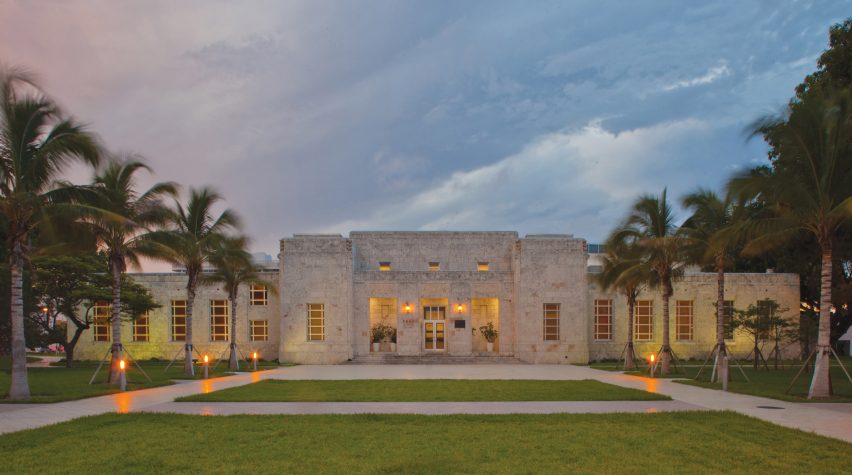
The Bass was founded in 1964 to house the private art collection of Miami residents John and Johanna Bass. It will reopen with exhibitions by Swiss mixed-media artist Ugo Rondinone and Cameroonian sculptor Pascale Marthine Tayou. An display of work by video artist Mika Rottenberg will open on 7 December 2017.
The museum's development forms part of a growing focus on art and culture in Miami Beach, which is home to annual fair Art Basel, the OMA-designed Faena Forum art and performance centre, Frank Gehry's New World Center and the Miami City Ballet.
Photography is by Zachary Balber, unless stated otherwise.